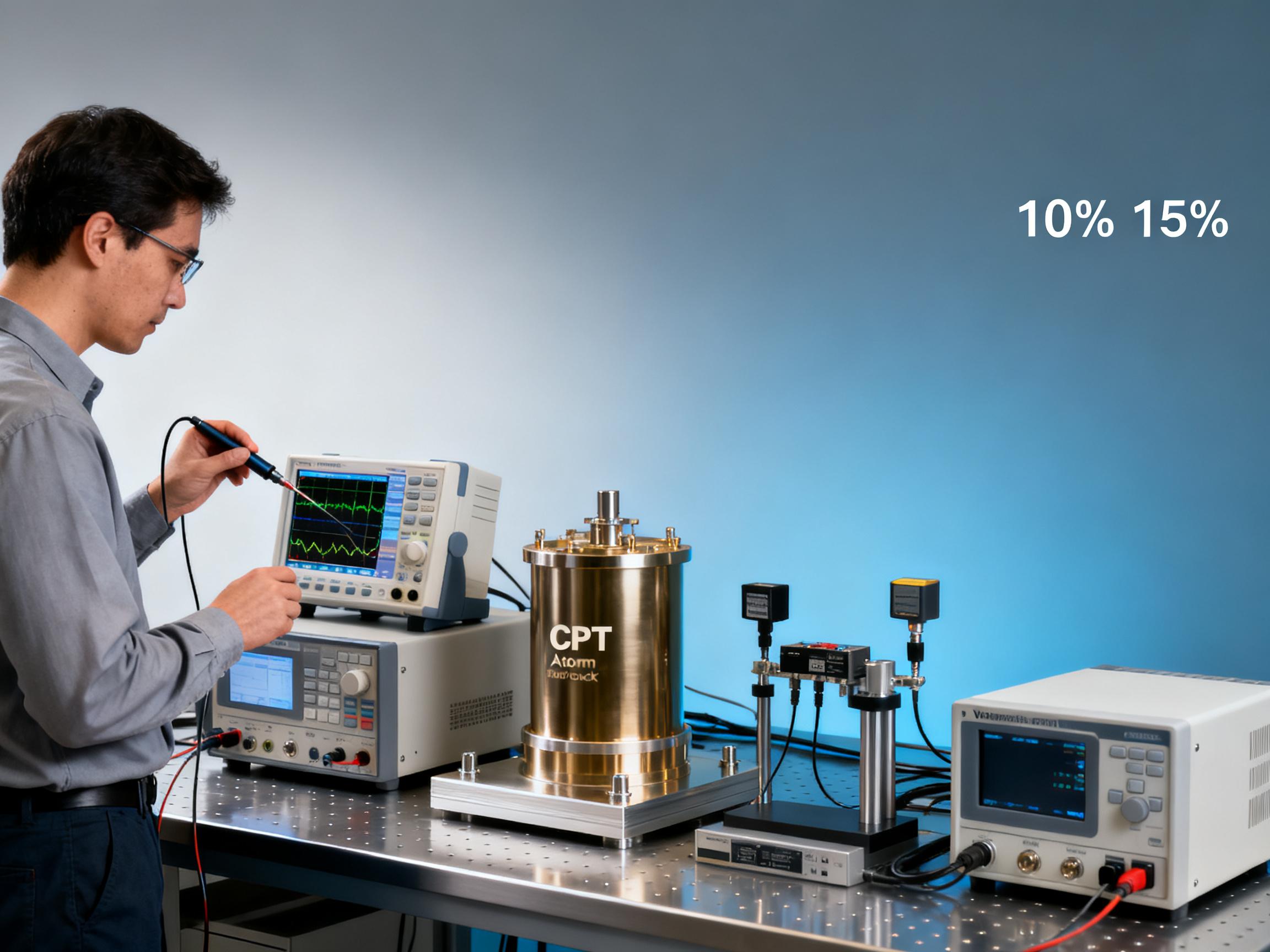RELATED
![How CPT Atomic Clocks Reduce OPEX in 5G Base Stations [Real Data] How CPT Atomic Clocks Reduce OPEX in 5G Base Stations [Real Data]](https://usimg.bjyyb.net/grey.png?x-oss-process=image/resize,m_fixed,w_800,h_600,limit_0) How CPT Atomic Clocks Reduce OPEX in 5G Base Stations [Real Data]2025-12-11
How CPT Atomic Clocks Reduce OPEX in 5G Base Stations [Real Data]2025-12-11 2024 CPT Atomic Clock vs Rubidium: Which Offers Better Stability for Telecom Networks?2025-12-08
2024 CPT Atomic Clock vs Rubidium: Which Offers Better Stability for Telecom Networks?2025-12-08 Live Demo Results: CPT Atomic Clock Performance Under Harsh Environmental Tests (Data Inside)2025-12-05
Live Demo Results: CPT Atomic Clock Performance Under Harsh Environmental Tests (Data Inside)2025-12-05 Budgeting for Precision: Total Cost of Ownership for a Rubidium Atomic Clock Over 5 Years2025-12-03
Budgeting for Precision: Total Cost of Ownership for a Rubidium Atomic Clock Over 5 Years2025-12-03
MESSAGE
Atomic Clock Technology:
Atomic clocks such as cesium atomic clocks and rubidium atomic clocks provide high-precision stable frequency references. They generate stable frequency signals based on the characteristics of atomic energy level transitions, which are the basis for achieving high-precision time and frequency synchronization.
Time Measurement And Synchronization Technology:
High-precision time interval measurement technology can accurately measure the time difference between time signals, such as using time interpolation technology combined with filtering algorithms to improve measurement resolution and accuracy; synchronization technology ensures that the time and frequency of each device in the system are strictly synchronized, which is achieved through complex algorithms and control mechanisms.
Anti-Interference And Fault-Tolerant Technology:
Adopt a variety of anti-interference measures, such as electromagnetic shielding and filtering, to ensure that time and frequency signals are not interfered during transmission and processing; have fault-tolerant capabilities to ensure the normal operation of the system when some devices or links fail, such as the ZYNTAI system can achieve link, node or clock source failure recovery.
CONTACT US
Please use the form below to get in touch.
If you need a reply we will get in touch as soon as possible.

![How CPT Atomic Clocks Reduce OPEX in 5G Base Stations [Real Data] How CPT Atomic Clocks Reduce OPEX in 5G Base Stations [Real Data]](https://usimg.bjyyb.net/sites/91500/91958/1765179857856560163985903616.jpeg)



